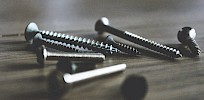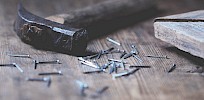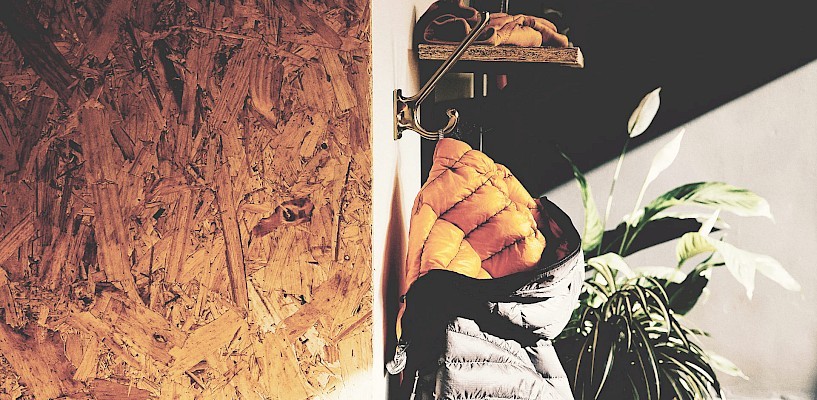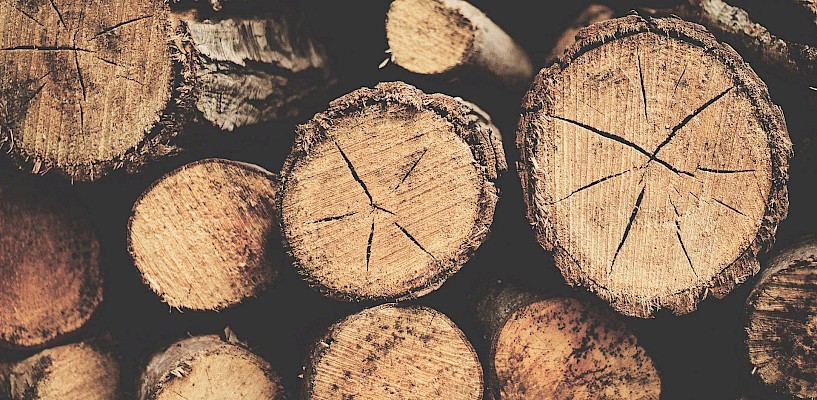Right type of plug for different types of material
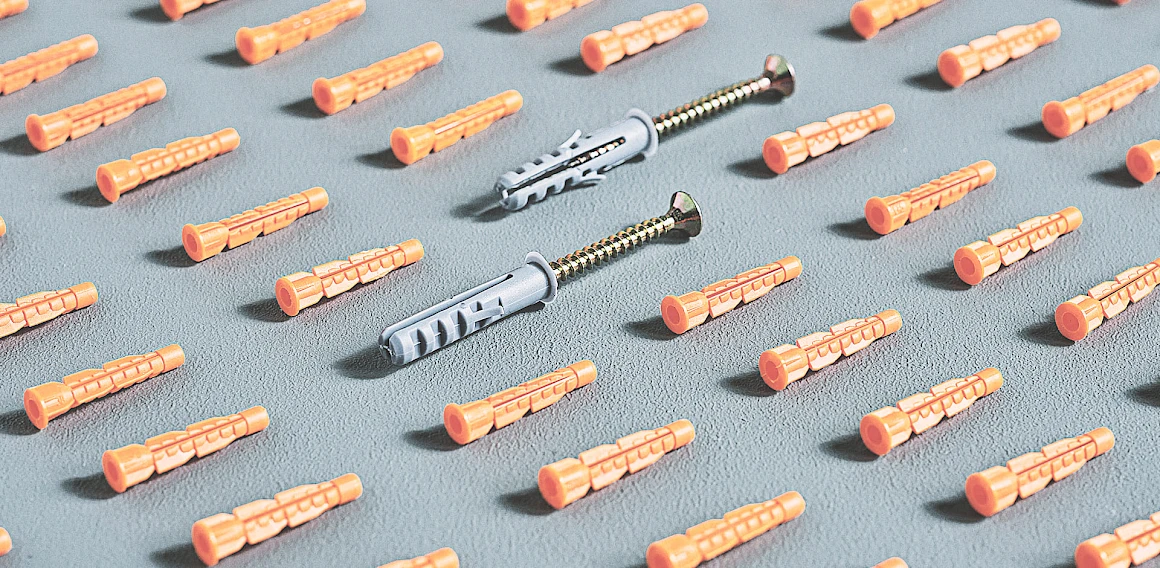
Different wall materials require different types of plugs, and using the wrong kind can greatly affect how well they hold. This guide will help you understand which plugs are best for various materials and purposes.
What to Consider When Choosing a Wall Plug
Wall Material
The first thing to determine is the material of your wall. Here are some common types and the plugs that work best:- Concrete and Brick: Require strong plugs capable of bearing heavy loads, such as expansion plugs or hammer-in plugs.
- Drywall (Plasterboard): Softer material that needs plugs designed to distribute weight to avoid cracking. Drywall anchors or plasterboard plugs work well here.
- Lightweight Concrete and Hollow Walls: These require special plugs that expand within the cavities, like lightweight concrete plugs or universal plugs.
- Wood: Often, no plug is needed if screwing directly into the wood. Instead, use wood screws suited for the task.
Load and Weight
How heavy is the item you want to mount? Plugs come in various sizes and weight capacities. Check the packaging for information on how much weight the plug can handle. For heavy items like shelves or TV brackets, it’s important to choose plugs designed for higher loads.Diameter and Length of the Plug and Screw
A general rule is that the plug should be as long as the screw and should match the screw’s diameter. Make sure the plug is long enough to get a secure grip in the wall material, especially if it’s a thick plasterboard or a wall with a surface layer.Expansion and Fastening
Some plugs expand as you tighten the screw, providing a stronger grip. There are also plugs that function like an umbrella, expanding behind the wall for extra stability, which is useful for hollow or fragile materials.
Different Types of Wall Plugs and Their Uses
1. Expansion Plug
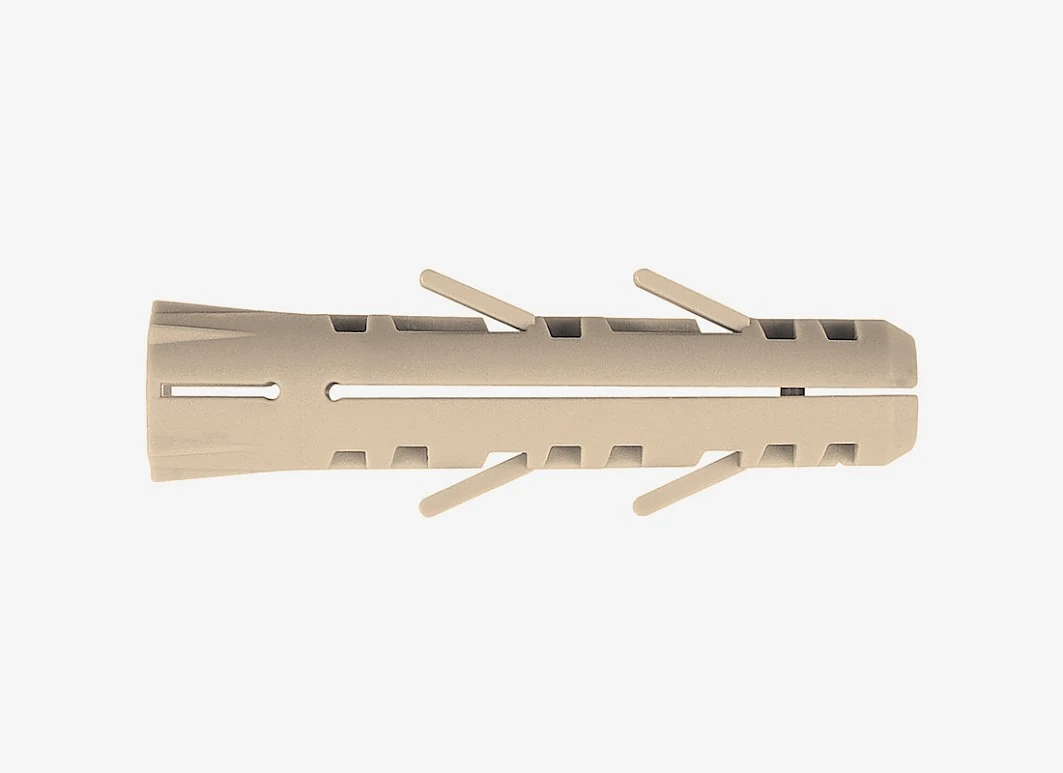
These are the most common plugs and work for both solid and hollow materials. They expand as you insert the screw, creating a strong hold.
Best For:
- Concrete walls
- Brick walls
- Lightweight concrete
2. Drywall Plug
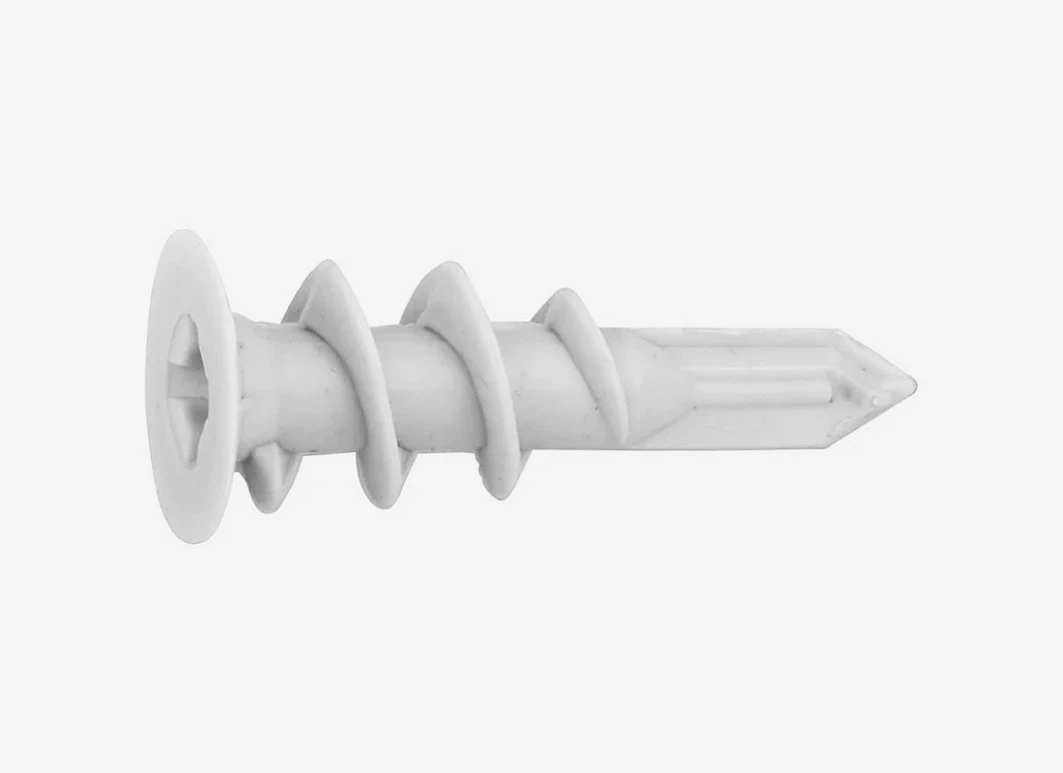
Drywall plugs are designed to provide a firm hold in soft materials like plasterboard. They come in various types, such as metal anchors and nylon plugs with expanding wings.
Best For:
- Hanging pictures and lamps
- Mounting lighter shelves
- Curtain rod brackets
3. Hammer-In Plug (Nail Plug)
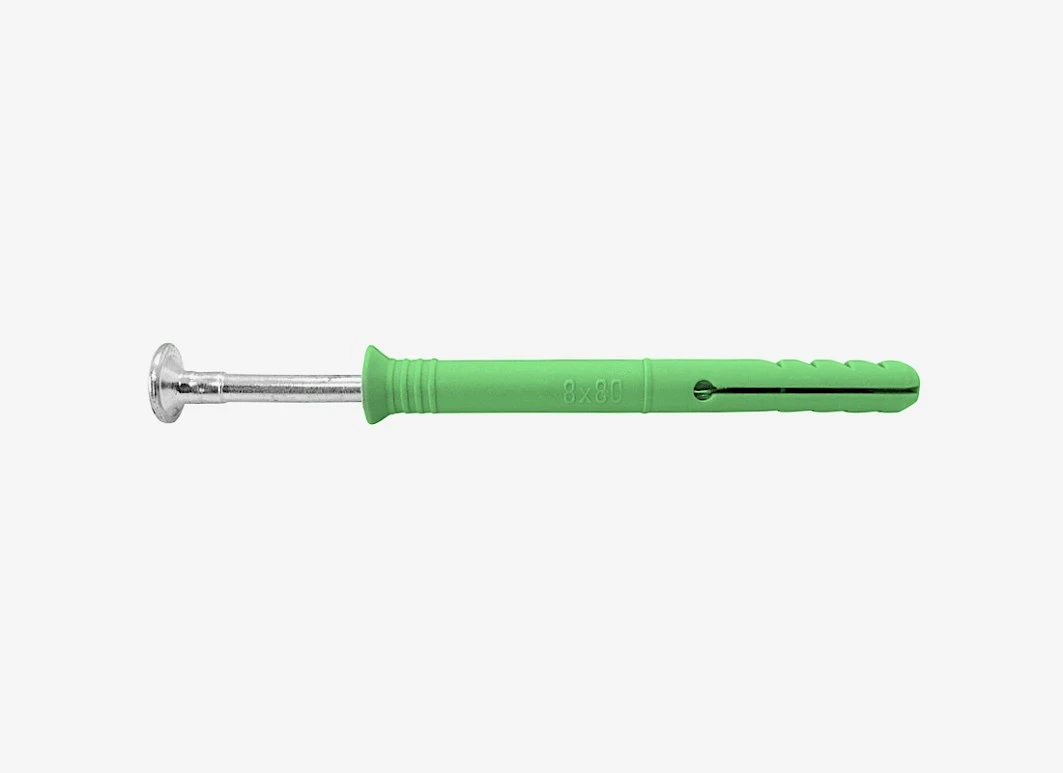
This type of plug is quick to use and requires no screwing, just a hammer to drive in the nail. Perfect for simple installations in concrete and brick.
Best For:
- Installing baseboards and skirting boards
- Securing cables and pipes to walls
- Fast installations
4. Metal Anchor (Molly Bolt)
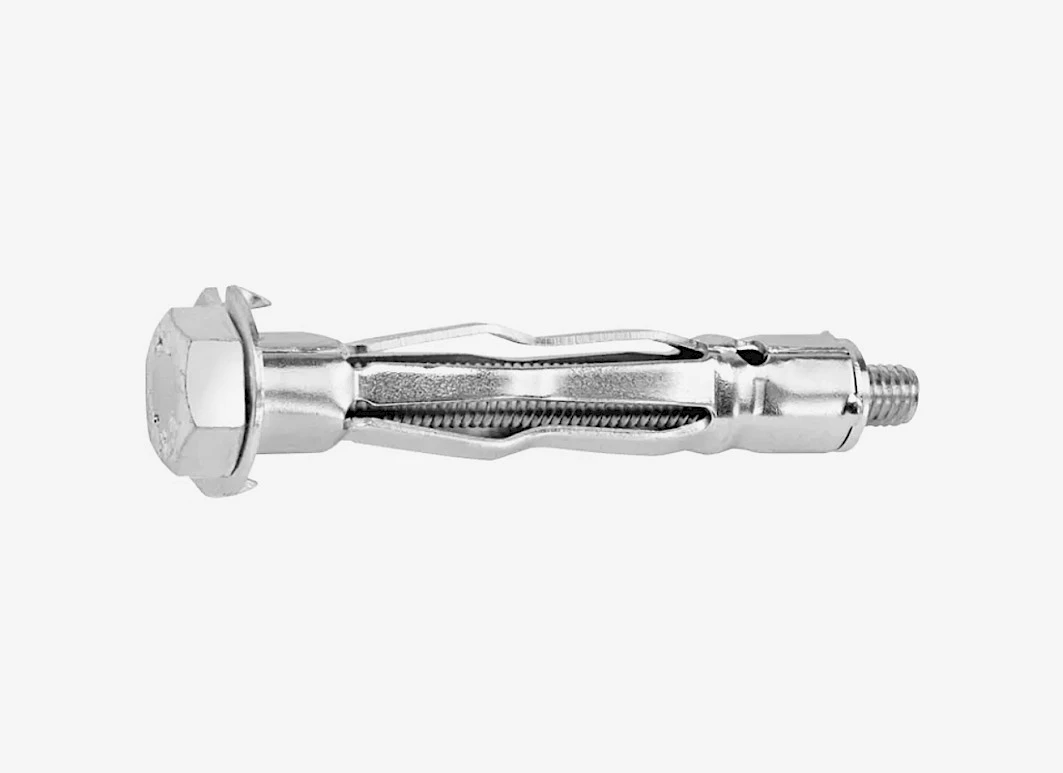
Metal anchors are great for securing heavier items to thin materials like plasterboard. They expand and clamp behind the wall as you tighten the screw.
Best For:
- Heavy shelves
- TV wall mounts
- Kitchen cabinets
5. Universal Plug
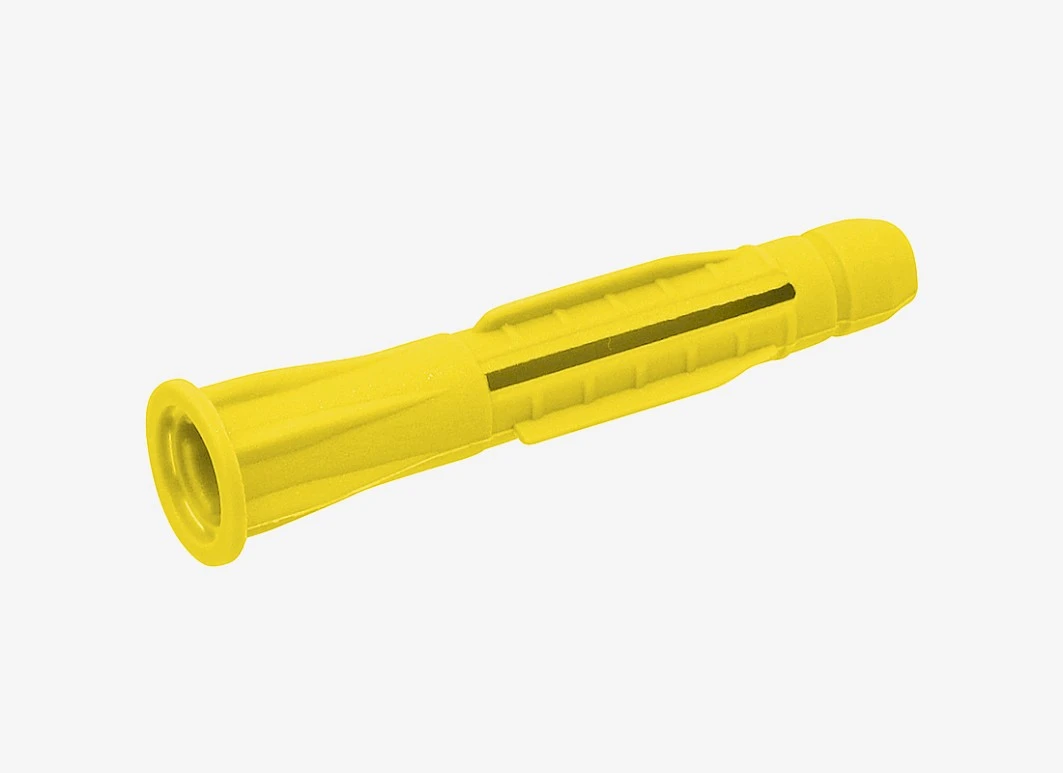
These versatile plugs work in both solid and hollow materials. They either expand or twist depending on what is needed for the best hold.
Best For:
- Mixed wall materials
- Curtain tracks
- Lights and light shelves
6. Lightweight Concrete Plug
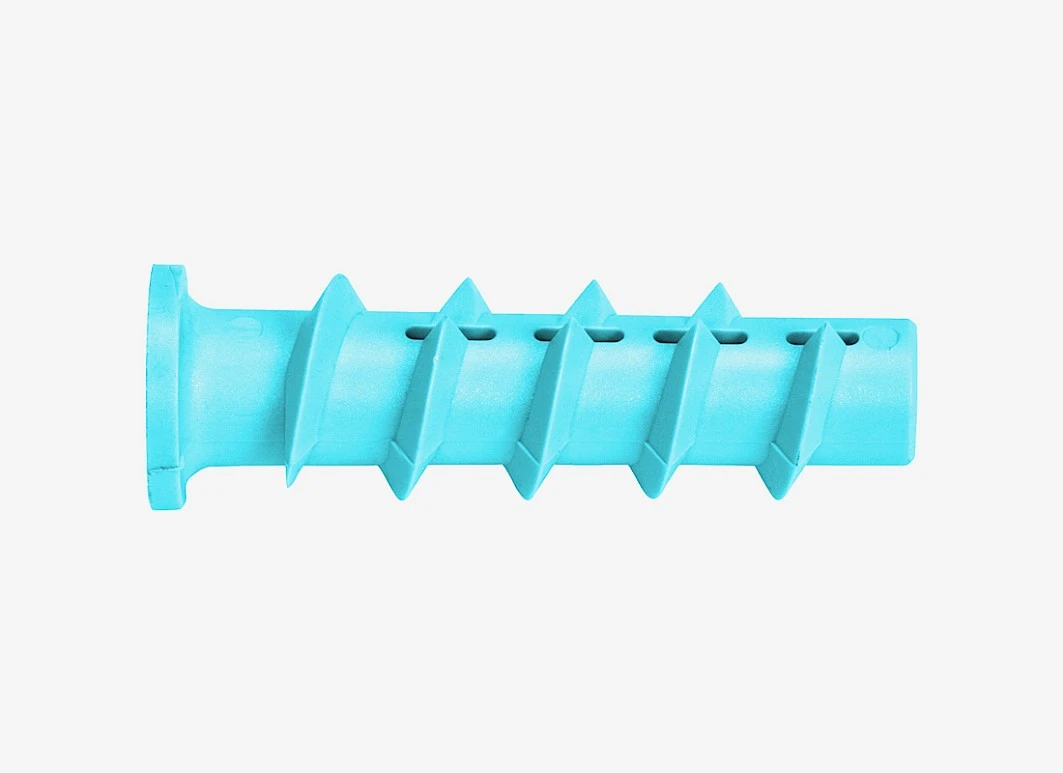
Specially developed for lightweight concrete, these plugs have deep threads that grip the porous material securely.
Best For:
- Fixing into lightweight concrete blocks
- Mounting railings
- External wall fixtures
Summary
Selecting the right wall plug can make a significant difference in how secure and durable your project turns out to be. By considering the wall material, the load, and the type of plug that works best, you can avoid issues like loose fittings and cracked walls. Whether you're mounting light pictures or heavy shelves, there's a perfect plug for the job. Choose the right one from the start for the best results!
How to mount a skrew in the wall
To correctly insert a wall plug, start by marking the exact spot where you want to place the screw. Choose the right type of plug based on the material of the wall (e.g., concrete, drywall, wood, or brick). Use a drill to create a hole that is the right size for the plug you are using. It’s important that the hole isn’t too large, as the plug won’t hold properly if it's too big. After drilling the hole, make sure to clean out any dust or debris from the hole, for example, using a small brush or compressed air.
Next, insert the plug into the hole and gently press it into place until it's flush with the wall. If necessary, use a hammer to tap the plug in, but be careful not to damage it. Once the plug is in place, insert a screw into the plug and tighten it with a screwdriver or drill. Make sure the screw is tightened securely, but avoid over-tightening, as this can cause the plug to break or damage the wall. This way, you’ll have a stable and secure fixture for whatever you need to hang or mount on the wall.
 By Hans Nilsson Nov 12, 2024
By Hans Nilsson Nov 12, 2024
